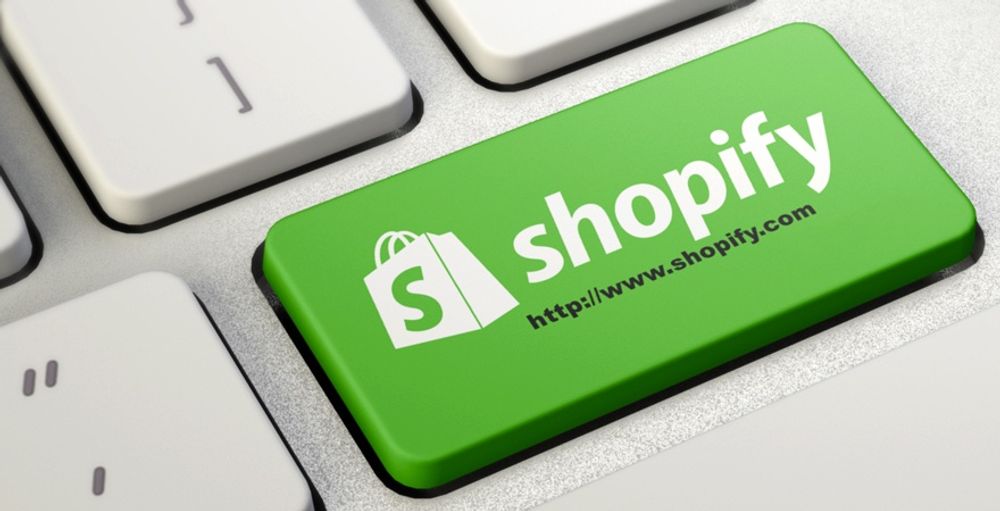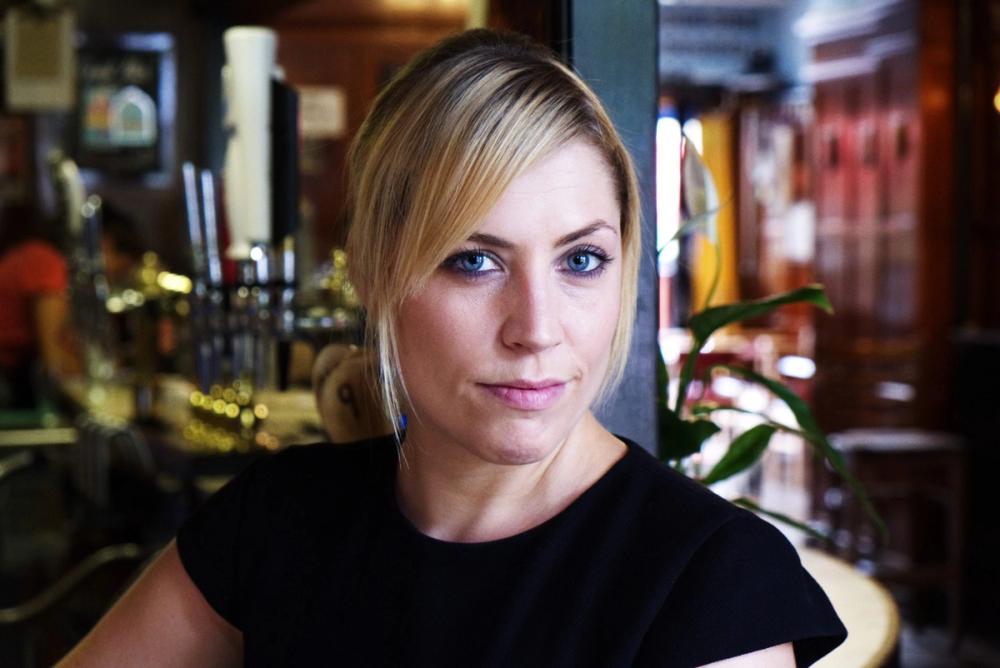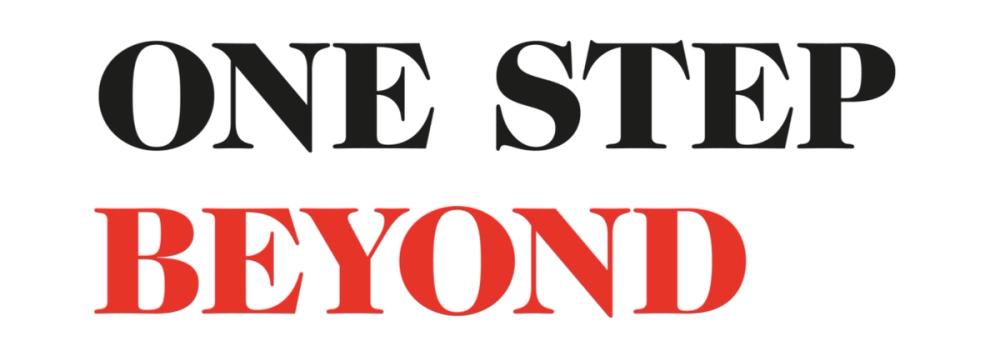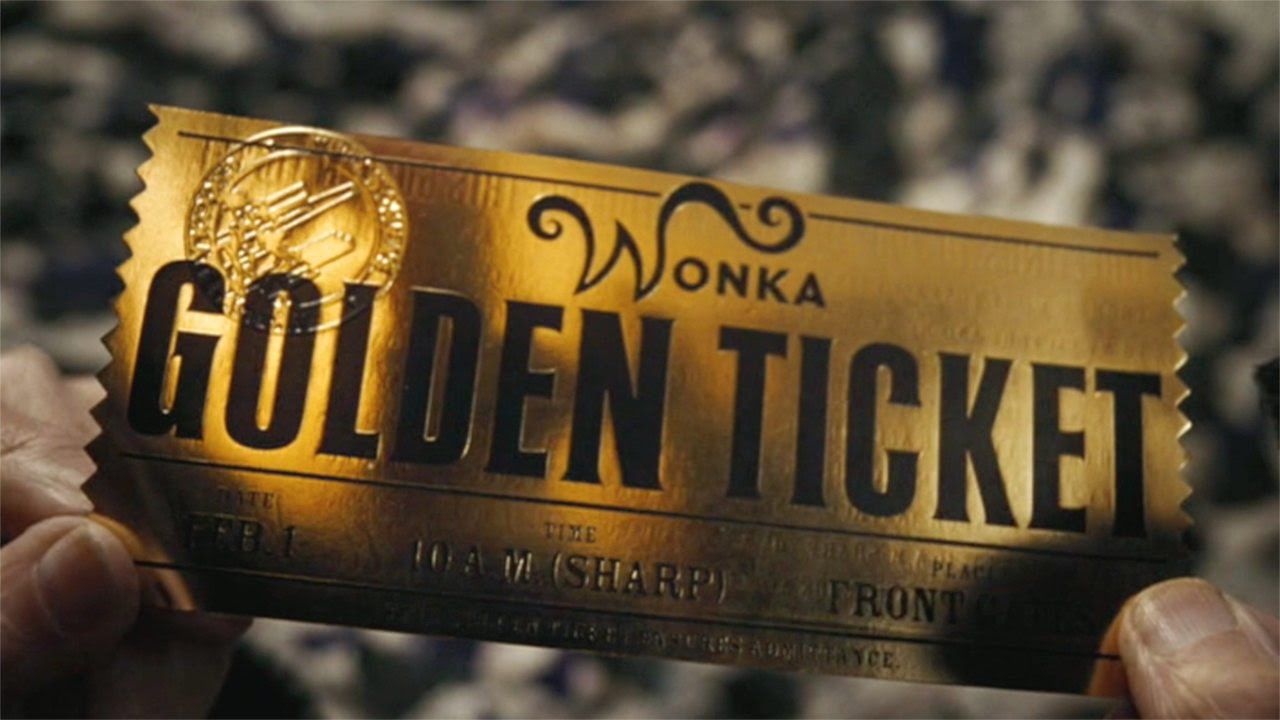The Buyer and Sophie Jump are hosting four One Step Beyond webinars during 2021 with the second – focused on the post pandemic consumer – taking place on July 12 between 4pm-5.30pm (BST) – now open for registrations. Please click here to register.
(You can watch the first One Step Beyond webinar here)
Paul Mabray’s approach to business is very much from the Robert Burns motto on life of fighting back from adversity, not taking no for an answer and keep on pushing for what you think is the right way forward.
He has committed most of his career in trying to get the wine industry, and US wine producers in particular, to see the enormous opportunities there are if businesses just opened their eyes to the possibilities of investing in digital and data to better understand what they are doing.
He has arguably done more than any other individual over the last 30 years to move the wine industry into the digital age. Constantly knocking on the door and advocating the need for change. A drive that is about to see him go live with his latest, and potentially most breakthrough digital wine venture, with the launch of Pix, a new wine search (discovery) platform that is effectively the culmination of his work and expertise in digital to date, with the promise of matching consumers with the most relevant wines they can find online.
So it was perhaps not surprising to find him in such a positive mood when he almost bounced on to Zoom to take part in the first One Step Beyond webinar in April in a talk that captured the excitement there now is for any drinks, retail or hospitality business prepared to take digital seriously.
It is, quite simply, The Golden Age of wine online, he says. We have all collectively won the business equivalent of a Willy Wonka Golden Ticket. Providing we know how to make the most of it and don’t abuse the opportunity we have all been given by what has effectively been a global lockdown over the last 15 months.
A magical time
(Click here for Paul Mabray on why we’re living in a magical time for wine online & must make the most of it)
“In the wine industry, something magical has happened. We are awake to the internet for the first time ever,” said Mabray. “It’s an amazing time in our lives and I can’t tell you how happy I am to see it happening and how happy I am to see the ability for the internet to allow wineries around the world to connect with consumers.”
What’s particularly exciting is that the online opportunity is happening for all “four cohorts” of the wine industry that have combined together for the first to lead this innovation.
“Consumers, retailers, wineries and wholesalers, all together leaning into digital in a way we have never seen in the history of time,” he adds. Crucially, though, each key area of trading has come together at “the exact time” so there is this cumulative “gold rush” taking place in digital.
The switch to digital is “extraordinary” and is taking place at “an unprecedented rate”all around the world. Which, in turn, is having a knock on impact on the way we all behave and act online.
The key areas for the wine industry to be on top of, stresses Mabray, are:
- Digital usaage
- Surge in e-commerce
- New reliance on delivery
- Increased consumer expectations (service, communication, understanding)
- Remote working
- New home based activities – digital entertainment and hosting like watching a new release Hollywood movie at home.
- Increased focus on health.
We are all now doing things in our personal lives that we would not have thought of 12 months ago – or were even possible to do. Like have a restaurant deliver a full three course meal to enjoy at home. Or, for many, getting used to having your groceries delivered at home.
We have seen video conferencing tools like Zoom become as important to business life as email. The launch of new online chat forums like Clubhouse and the huge impact Tik Tok has had in how we now expect to consume video in mini creative stories. These are not just “popcorn” tools for GenXers, but “we have all migrated and are all using these different platforms”.
The not so new normal
(Click here for Pix’s Paul Mabray on why wine industry needs to change its production focused mindset)
“What we have learnt about the new normal is that there is no new normal,” stresses Mabray. The biggest “revelation and evolution” going forward for the wine industry is that the “only thing that is constant” is change. It is going to need an entirely new mindset that is not just rooted in the land, the heritage and the traditions of where our wine is made.
It means so much of our thinking and time is spent worrying about it happening in the winery and in the vineyards, when there is a vast new world out there wanting to hear from you, talk to you and engage with wineries and wine brands that are willing to get their heads out of the production process and really start marketing and selling themselves.
The clearest example of just how big the switch to digital has been in the last year has been the enormous rise in sales of wine online. Before Covid-19 online sales accounted for about 2% of an average US winery’s sales. By November that average was up to 10% and is predicted to grow to 20% by 2030, according to Silicon Valley Bank.
Wine.com, one of the biggest US online wine retailers, which had only seen steady but slow growth over it 20 year history, suddenly saw a 119% increase in sales in 2020 on 2019, with 46m visits to it site, explained Mabray. “They are now succeeding beyond belief.”
The pandemic has made buying wine online part of the average consumer’s mind set, just as it has grocery shopping, he added. The problem for those wineries and retailers that were not doing online before Covid-19 they are all now “scrambling” to try and catch up.
Even for those that did are finding it hard to keep up with demand and “really struggling to formulate and harden the way they are doing business”. But even those issues should not dampen any excitement about the key to the online wine world being “unlocked” and “we’re all going to get smarter about it”.
The switch to online is also blurring the boundaries between the different channels of the trade with more wholesalers now moving into DTC with their own e-commerce platforms like Proof by Southern Glazer’s in the US, and what Berkmann Wine Cellars did in the UK with its consumer platform during the first lockdown.
People, processes and programs
(Click here for Pix’s Paul Mabray on the new digital skills the wine industry needs to sell more wine)
Mabray then turned to what he sees as being the three key driving forces behind the move to digital and what businesses need to be thinking about and investing in if they are to keep up.
First up you need to be thinking about the digital talent in your team. He claims the “hottest jobs” in the wine industry in the United States are in digital and e-wholesale – which, he said, did not really exist 18 months ago.
“These two categories are unbelievably in demand for any recruiter and needed and necessary and it is hard to find people with any meaningful experience,” he added.
The top talent in e-wholesale in the US are the ones who are working with top wineries, like E&J Gallo, to manage business with the major online retailers like Drizly, target.com and Instacart.
Their primary objective is to work with those online players to see how they can build and extend their wine brands online. “It’s blazing new that is fascinating and interesting,” he said.
It’s also how they can work together to help “consumers find wines in new ways” [which is also where his own Pix platform will play a part].
What’s exciting for the wider wine industry is that the skills and experience that the early adopters in digital and e-wholesale develop will, in time, be shared with the rest of the sector.
Fundamentally what matters in this new way of trading is are we just driving more “eyeballs” to see more wines online, or are we, crucially, selling more cases of wine as a result. Then it’s all about the processes we are using, the consumer journey from searching to ordering to delivery. How much better can we all get at supporting our customers when they are online?
Time for change
The good news is everyone is re-evaluating what they are doing, and looking at how well their competitive set is performing. This was not happening before. “That’s great. It means we are trying to do a better job for the consumer, and that is a rising tide that raises all ships,” he added.
Things are moving so fast that wine clubs and subscription sites are looking closely at the models they are offering and seeing what new elements and services they can offer, based on what the online market benchmarks are.
“There are also new ways to access customers at home, be it tasting packs or text messaging or Zoom. It’s now here forever. Be it a trade tasting, a conference or engaging with our customers. My Pix team is remote around the world and we are able to work remotely together.”
Investing in R&D

New technology platforms like Shopfiy are opening up DTC like never before to wine producers, brands and suppliers, said Mabray
Mabray is also delighted to see wine business finally investing in computer management systems and CRM packages to run and automate so much of their back office operations, where the focus is finally how to sell and market wine, rather than how to make and distribute it.
“These are actually coming alive. Wineries are learning how to use them and we investing more money into research and development, which fuels innovation and economic growth. That’s amazing for our industry because we have not been investing in our R&D for decades when it comes to the infrastructure of how to sell and market wine. This R&D is going like crazy.”
As a result the industry now has so many support networks looking to play their part in helping wine companies grow. Be it booking sites like OpenTable working with wineries, or e-commerce platforms like Shopify opening up online to more smaller wine businesses, and fulfilment businesses like Wine Depot, or Thirstie which is helping distributors set up DTC platforms.
Looking forward Mabray said wine companies need to be watching social audio closely to see how that develops and whilst Clubhouse, in his view, is not, in his view, the perfect answer, its introduction has seen 35 different social audio platforms launched. Not all of them will survive, but what is has done is show social audio works and it will become part of how we communicate through social media with all the platforms incorporating audio in some way or other.
What next in this gold rush?
(Pix’s Paul Mabray on how innovation by digital leaders will drive growth for rest of wine industry)
The next evolution in wine digital will be driven by how well different businesses and platforms are able to use their models and points of difference to acquire more customers and keep them. It’s what Mabray sees as the next stage in this “gold rush”.
He says his own Pix model is very much part of that equation which is also seeing huge investment being made by the likes of Vivino, Drizly, wine.com and other technology-driven businesses that all need to acquire customers digitally to grow.
“All of this is going to fuel additional innovation. All these dollars that we are investing into the market will create a better way for consumers to buy and interact with wine,” he said.
Mabray added: “As we learn what works and what doesn’t work – it drives the market forward and for me that is a great moment in time. That’s what the golden age of wine is going to be about. It’s the fact the wine industry has been asleep for so long is now putting its dollars and attention on to something that has been driving other industries for a very long time. The good news is that because we were late to the game a lot of the tools we are able to use are commoditised, and we can build faster – [the Pix wine search function is being built in five months compared to the 10 to 20 years other companies took]. That’s able to happen because of the modern technologies which means we are all going to be better for it.”
To sum up he turns once again to Willy Wonka and his infamous quote: “Invention, my dear friends, is 93% perspiration, 6% electricity, 4% evaporation and 2% butterscotch ripple.”
One Step Beyond Webinar July 12
- You can sign up to The Buyer and Sophie Jump next One Step Beyond webinar – focused on the post pandemic consumer – taking place on July 12 between 4pm-5.30pm (BST). Please click here to register.
- The agenda includes:
- Katy Moses will be assessing what we need to know about the post pandemic consumer

- Katy Moses, managing director KAM Media: Understanding the post Covid consumer
- Dan Cullen-Shute, chief executive of Creature: Intelligent Misbehaviour: Innovate, interact and engage with the ‘real’ people.
- Interview with Steve Ingham, global chief executive of Michael Page: Road to Resilience: Keep your business resilient and connected to its people and customers.
- Panel debate with One Step Beyond partners Pix, Stranger & Stranger and Freixenet Copestick’s online DTC wine Slurp’s marketing director Erin Smith on ‘How to use content to build and drive successful e-commerce and digital strategies’.










































